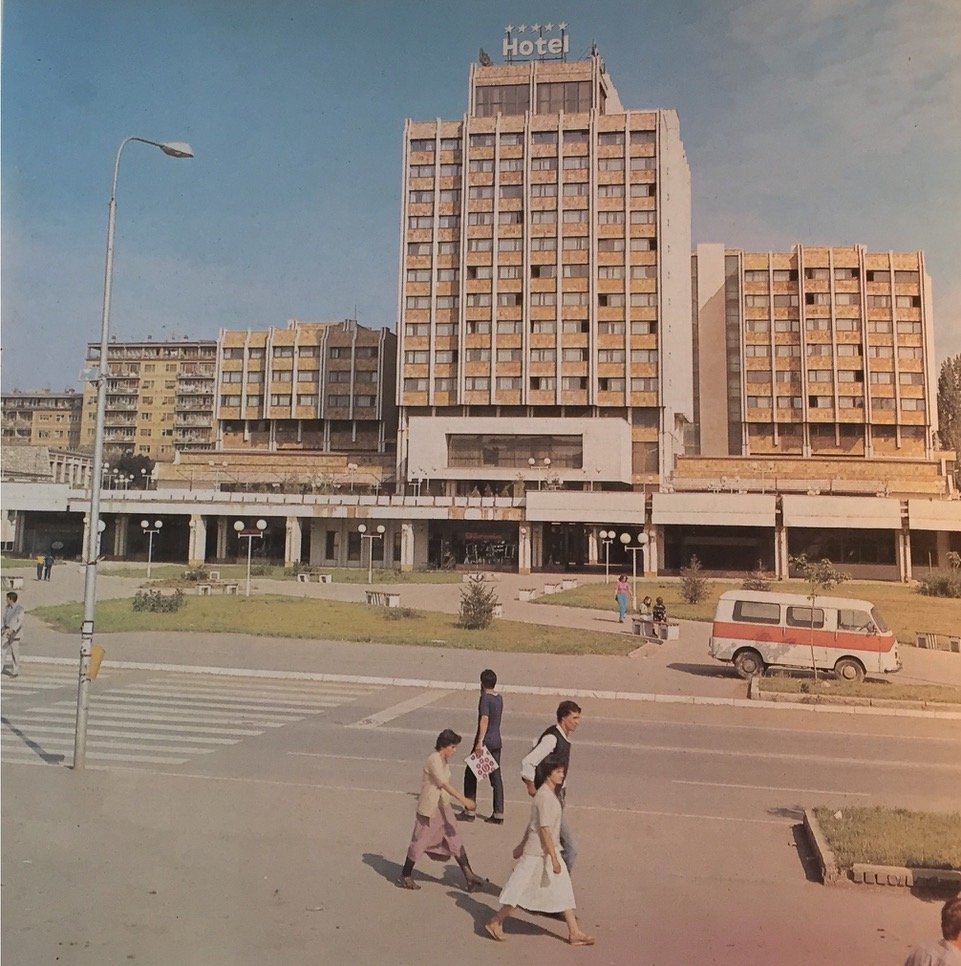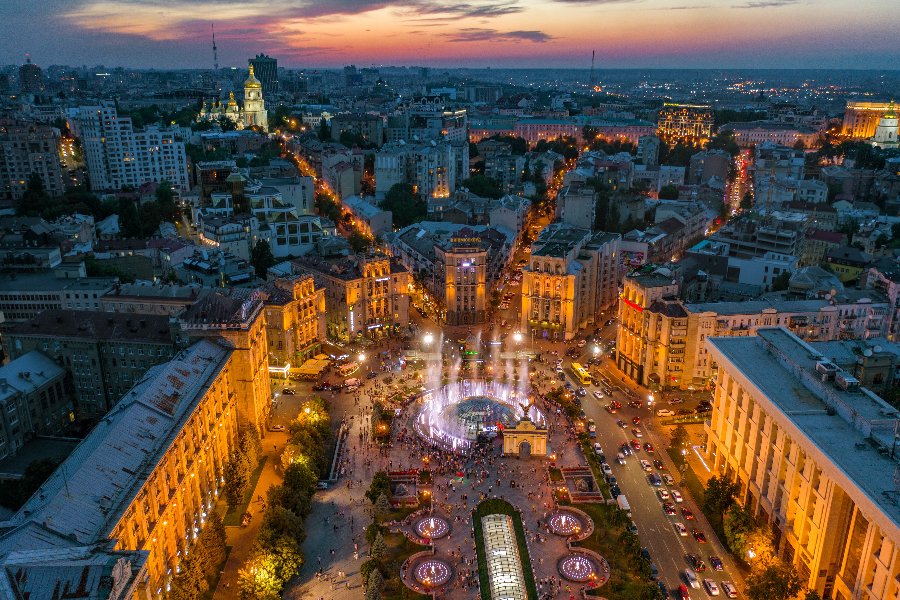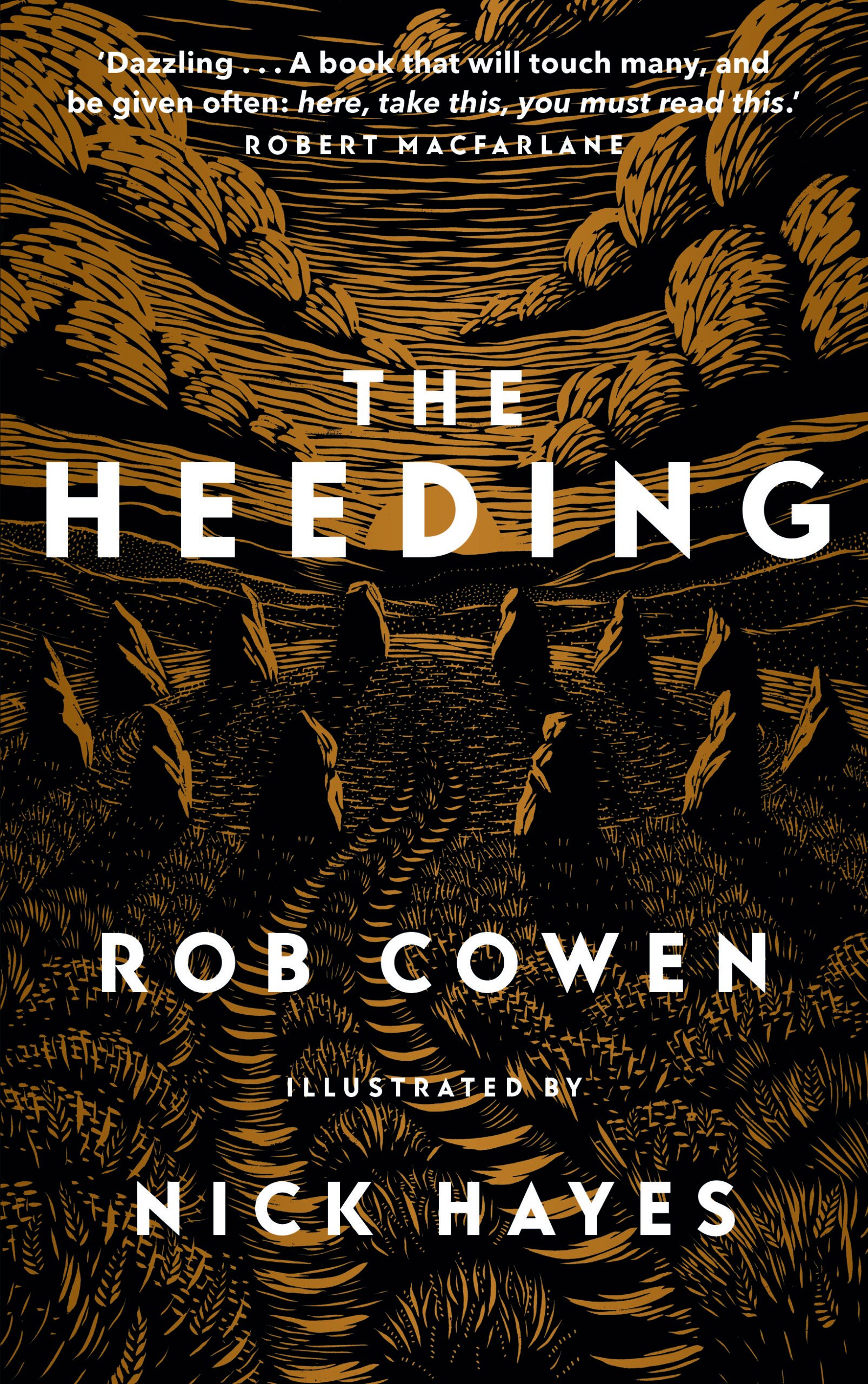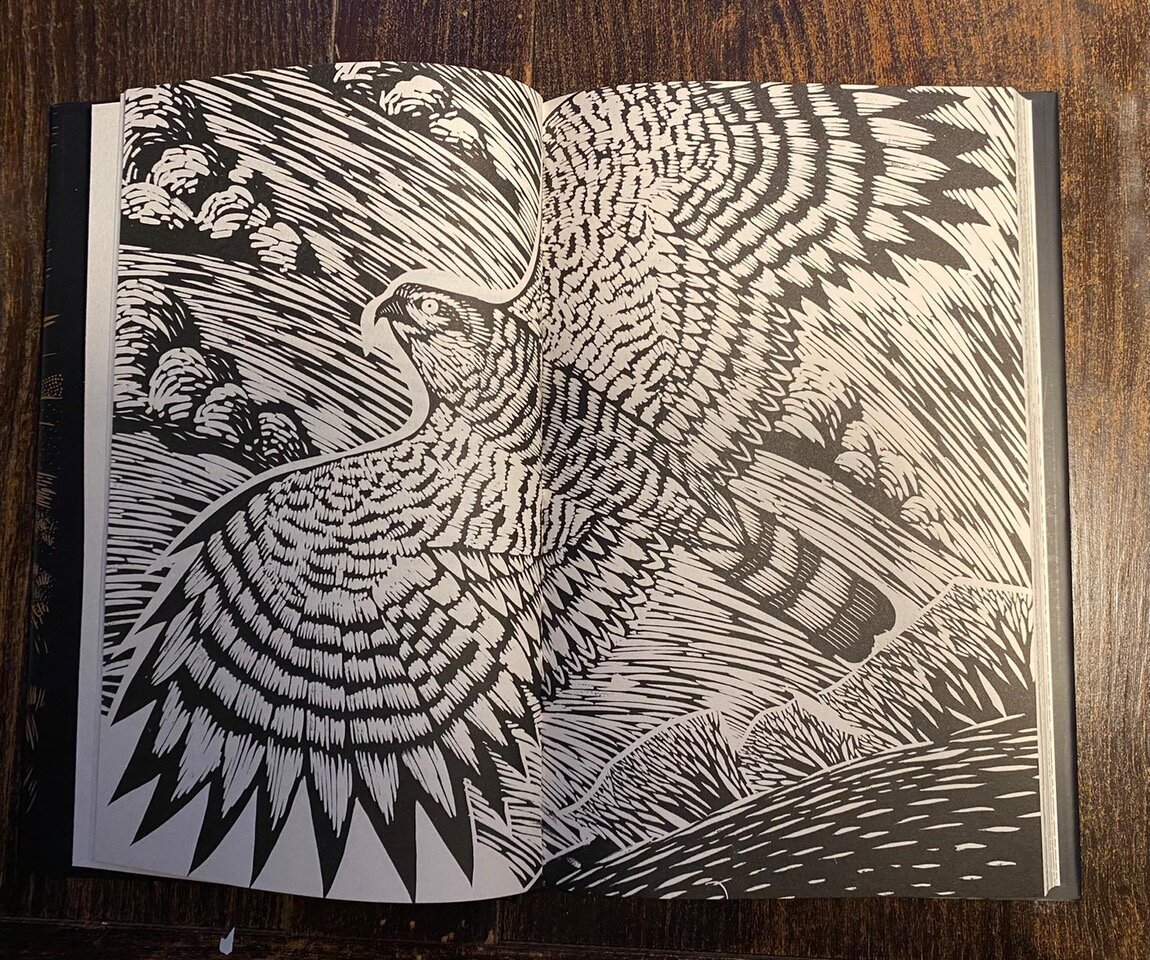The Russian Revolution and the end of World War I also brought an end to the empires that had ruled what is Ukraine today, and with it, on the one hand, chaos and revolution, and on the other an explosion of Ukrainian culture. The Ukrainian War of Independence, in which Ukrainian forces fought Poles, Germans, White Russian Forces, Rumanians and French, lasted from 1917 to 1921 and saw the creation of first the Free Territory of Ukraine, the Ukrainian People's Republic and the West Ukrainian People's Republic, and later the whole of the Ukrainian Soviet Socialist Republic as part of the Soviet Union. Ukrainian writing and self-expression was at first supported by the Soviets, and so a whole generation of fresh Ukrainian voices emerged in that time, including writer, playwright and musician Hnat Khotkevych (1877 – 1938), writer Valerian Pidmohylny (1901 – 1937), poet and translator Mykola Zerov (1890 - 1937), and writer and critic Liudmyla Starytska-Cherniakhivska (1868 – 1941).
This first modern generation of Ukrainian writers however only published and flourished for a few years. At the end of the 1920s, when Stalin had replaced Lenin as the head of state of the USSR, a new cultural policy was enacted and Ukrainian publishing increasingly suppressed. All of the members of the new Ukrainian avantgarde were arrested and executed or, in case of female artists like Liudmyla Starytska-Cherniakhivska, sent to the GULAG where they also perished. Named after an anthology published in 1959 by Polish writer and activist Jerzy Giedroyc (1906 – 2000), these writers became known as the “Executed Renaissance”. The result of this purge was also that there were hardly any Ukrainian literary voices documenting the Holodomor, the catastrophic famine of 1932/33 induced by Stalinist policies that killed an estimated 3.5 million people.
Another writer that perished in the Stalinist terror was Odessa-born Isaac Babel (1894 — 1940), Jewish-Russian writer, journalist, playwright and revolutionary best known for his “Red Cavalry”, a fictionalised account of his time with the 1st Cavalry Army of the Red Army during the Polish-Soviet war. In 2016 the Pushkin Press first published his stories about his sea port hometown in the early 20th century in all its shabbiness and glory, translated by Boris Dralyuk:
Odessa has sweet and wearying evening in springtime, the spicy aroma of acacia trees, and a moon overflowing with even, irresistible light above a dark sea.
The beginning of World War II saw even more calamity heaped upon Ukraine. In September 1939, the Soviet Union invaded Poland and occupied the eastern parts of the 2nd Polish Republic, adding it to the territory of the Ukrainian SSR. In 1941, Nazi Germany in turn invaded and occupied what they called “Reichskommissariat Ukraine”, and in the years that followed the region saw increased fighting not only between occupying forces, the Red Army and partisans, but also many horrendous crimes of the Holocaust being carried out on the territory of Ukraine, including the infamous Babyn Yar massacre in Kyiv. There was also a policy of ethnic cleansing enacted against the Polish inhabitants of Volhyina by the nationalist Ukrainian Insurgent Army, which killed thousands of Poles between 1943 and 1945. One of the victims was Polish-Ukrainian poet Zygmunt Rumel (1915 – 1943) who grew up in Kremenets, and two years before his death had published the poem “Dwie matki” (Two Mothers):
Two Mother-Fatherlands have taught me speech -
In the bloody braid of a berry-blossomed dew -
So that I could break my heart into two halves with pain -
To make my split heart cry like a voice...
After the end of the war the suppression of Ukrainian expression and literature continued, and dissident writers like Vasyl Stus (1938 - 1985) and Yuriy Lytvyn (1934 – 1984) died in Soviet labour camps. Only after the Fall of the Berlin Wall, the end of the Cold War and Ukrainian independence in 1991 did – like the literature of neighbouring Poland – modern Ukrainian emerge again. Ukrainian writers started experimenting with form and styles, a reflection of the changes and challenges of a newly independent nation, and at the same time addressed themes of memory and identity within the context of the violent history of the region – even more so after the momentous changes brought in by the 2014 Euromaidan protests and subsequent invasion and occupation of Crimea and the wars in Donbas and Luhansk. Ukrainian writers today address the ravages of war and the landscapes of history and memory, often with the help of comedy and dark humour.
Vladimir Rafeenko (born 1969) is a Russian-language writer from the city of Donetsk in the Donbas who now lives near Kyiv. His novel “Mondegreen”, the story of a refugee from Donbas, translated by Mark Andryczyk, was published by the Harvard University Press in February of this year, and his short story “7 Dillweeds” translated by Marci Shore can be read on Eurozine.
Lyuba Yakimchuk is a poet, playwright, and screenwriter also from the Donbas region, and her long poem “Apricots of Donbas”, translated by Oksana Maksymchuk and Max Rosochinsky, was published by the University of Washington Press in 2021.
stitch the wounds on your building
with white bandages cover up
black burns on its pelt
with a hand — just don’t twitch —
shield the gaping mouths of windows
so marauders won’t get in
Serhiy Zhadan (born 1974) is one best-known contemporary Ukrainian poets and writers who has published widely in the English-Speaking world, and also the frontman of ska band Zhadan and the Dogs. In his 2017 novel “The Orphanage”, translated by Reilly Costigan-Humes and Isaac Wheeler, the narrator tries to retrieve his nephew from a children’s home on the front lines.
Żanna Słoniowska (born 1978) is a Polish writer and journalist originally from Lviv in western Ukraine, and her 2017 novel “The House with the Stained Glass Window”, translated by Olivia Lloyd-Jones, tells the story of her hometown through the eyes of four generations of women living under the same roof in a house noted for the enormous stained glass window of the title.
Andrey Kurkov (born 1961) is originally from St Petersburg and after a stint as prison warden and journalist has become a full-time writer of novels and screenplays. His tragicomic 2002 novel “Death and the Penguin” about a writer, his pet penguin and the mafia, became a bestseller, and in 2014 he published a diary about the Euromaidan and the Russian invasion. His 2020 novel “Grey Bees”, translated by Boris Dralyuk, tells the story of the conflict that has engulfed Ukraine in the last years through the eyes of a mild-mannered beekeeper, and has just been nominated for the Dublin Literary Award. An excerpt can be read on the Calvert Journal.
That was the first spring of the war. And now they were in its third winter. For almost three years he and Pashka had been keeping the village alive. They couldn’t very well leave it lifeless. If every last person took off, no one would return. This way, folks were sure to come back – either when all that nonsense stopped in Kyiv, or when the landmines were gone and the shells stopped falling.
Again, this list is only a spotlight on Ukrainian writing past and present and I hope it serves a segue into more fascinating writing (and reading) from a country under siege that deserves all the support we can give. Many thanks to Kate Tsurkan, editor-in-chief of Apofenie, who instigated this piece and who is currently holding out in Chernivtsi in Ukraine. You can read her wonderful portrait of her hometown on the Calvert Journal, and Apofenie is a great place to start discovering more writers from Ukraine. Many thanks also to Jesse Lee Kercheval who started a wonderful thread on Ukrainian writers on Twitter. Slava Ukraini.
















